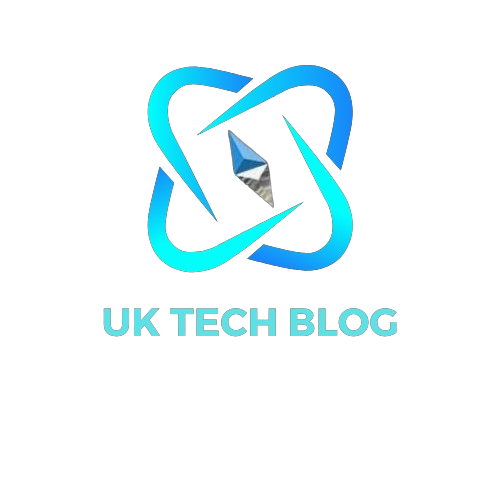Digital Creative Agency think3 explains why it is important to mix up different methodologies when it comes to your Digital Marketing Strategy and how to target your customers at every stage of the journey.
Why Should you combine your digital marketing strategy?

It all comes down to what you are trying to achieve, depending on your objectives, you will require the right mix of ingredients that every digital marketer should know about. Your method for gaining more leads may not be the same as it is for increasing brand awareness.
Once you know your goals – you can tailor your strategy accordingly. Think about it this way, if you’re only using one marketing channel, you’re putting all your eggs in one basket.
Similarly, to business – diversifying is almost always a good option. So, that’s what you’re doing by combining different strategies and diversifying your marketing tools and activities to bring in better results.
Combining Search and Creativity

Search is one of the primary sources of traffic to any website. To be frank, it’s one of the foundations of all digital marketing activities. Executing SEO isn’t that easy either and it takes a lot of time to see results. Although, intertwining your SEO techniques and efforts with other marketing channels can do you wonders.
Let’s take Content Marketing and Digital PR as an example. If you’re producing blogs – you want them to get seen. That’s where SEO & Digital PR can help. SEO brings in organic traffic by using targeted keywords, while Digital PR can land various media placements to share your content on other websites. As well as, building backlinks that end up raising your website’s authority, even more, higher authority websites come back around to help SEO.
Additionally, don’t underestimate the power of creativity. Digital PR & Content invoke all things creative to drive better SEO results. Consider this, you’re optimising everything you do to perfection and are ranking well, but your content is boring – It will struggle to outperform your competition with digital marketing. Which may put creativity as a higher priority, than tailoring content to search engines. Of course, ideally, you want to combine both.
Data-Driven Marketing

SEO as a strategy should be implemented for any website. But if you’re trying to get more short-term results, that’s where PPC comes in. In its essence, with PPC you’re running adverts on Google search pages. Choosing the right keywords and audiences to target, based on data.
Where SEO starts to help PPC is when you’re trying to increase your Google Ads Quality Score. The metric takes various factors into account, but the one we want to highlight is landing page experience. By utilising good SEO practices, you can make your landing page as relevant to your PPC adverts as possible. Not only will that help your adverts perform better at a lower cost, but it will also start directing organic traffic to the same landing page. A win-win situation.
Additionally, if you’re working with SEO & PPC you should also keep conversation rate optimisation (CRO) in mind. Look at it this way, if traffic is coming from organic and paid channels but no one is converting – that’s a massive waste of time and money. CRO is what makes sure that doesn’t happen by fixing various website/app elements to make it as easy as possible to convert. Whether it’s making sure all the links work, or that text is made accessible for everyone. These digital marketing methods tend to be strongly justified by data.
Social Media and Content marketing

As a business, you can only go so far with social media, without creating original content. Of course, interacting, commenting on posts & building a community to attract more Facebook followers for example are all crucial elements of social media management, but whether it’s making memes or writing tweets – all of them could be classified as content.
It’s important to keep in mind, that by creating content you’re creating things to talk about for your social media managers. Alternatively, your content can take inspiration from your social media, which is great for driving user-generated content. If your audience is asking a lot of the same questions – why not add them to your FAQ section or write a blog explaining the topic in-depth? Social media is great for spotting content demand, user reactions, and understanding your customers.
On the other hand, for the marketing departments with bigger budgets – you will most likely have a separate social content plan/calendar. It tends to be more reactive and closely tied with digital PR trends. Whether it’s launching social campaigns, or producing reactive responses, the moment a new trend hits – these tactics tend to bring in better results than just recycling content.
Ideally, you’re looking to combine social and content in a way where they complement each other. Use social media as a distribution channel for your content & social media as a ‘north star’ for your content.
Final Thoughts
In the world of digital marketing, businesses can’t afford to not combine different marketing strategies. Not all methods will work for everyone, nor they should, but it’s important to understand where, when, and how to execute them.
Whether your marketing is purely search-driven or maybe 90% of your efforts are on social media, without understanding other tactics you’re only restricting yourself.
Author Profile

- Online Media & PR Strategist
- Blogger and Educator by Passion | CMO at ClickDo Ltd. | Editor in Chief of various English and German blogs | Summer Course Student at the London School of Journalism.
Latest entries
 Finance & Crypto11th July 2025How to choose the best Demo Trading Account in the UK for Strategy Refinement
Finance & Crypto11th July 2025How to choose the best Demo Trading Account in the UK for Strategy Refinement Software19th December 2024Understanding Entity Resolution: A Comprehensive Guide
Software19th December 2024Understanding Entity Resolution: A Comprehensive Guide Software27th July 2024The 6 Challenges to Overcome when Implementing Client Portals
Software27th July 2024The 6 Challenges to Overcome when Implementing Client Portals Finance & Crypto22nd July 202410 Best Investment Apps UK & Trading Apps UK With Effective Robo Advisors For Automated Investment
Finance & Crypto22nd July 202410 Best Investment Apps UK & Trading Apps UK With Effective Robo Advisors For Automated Investment

